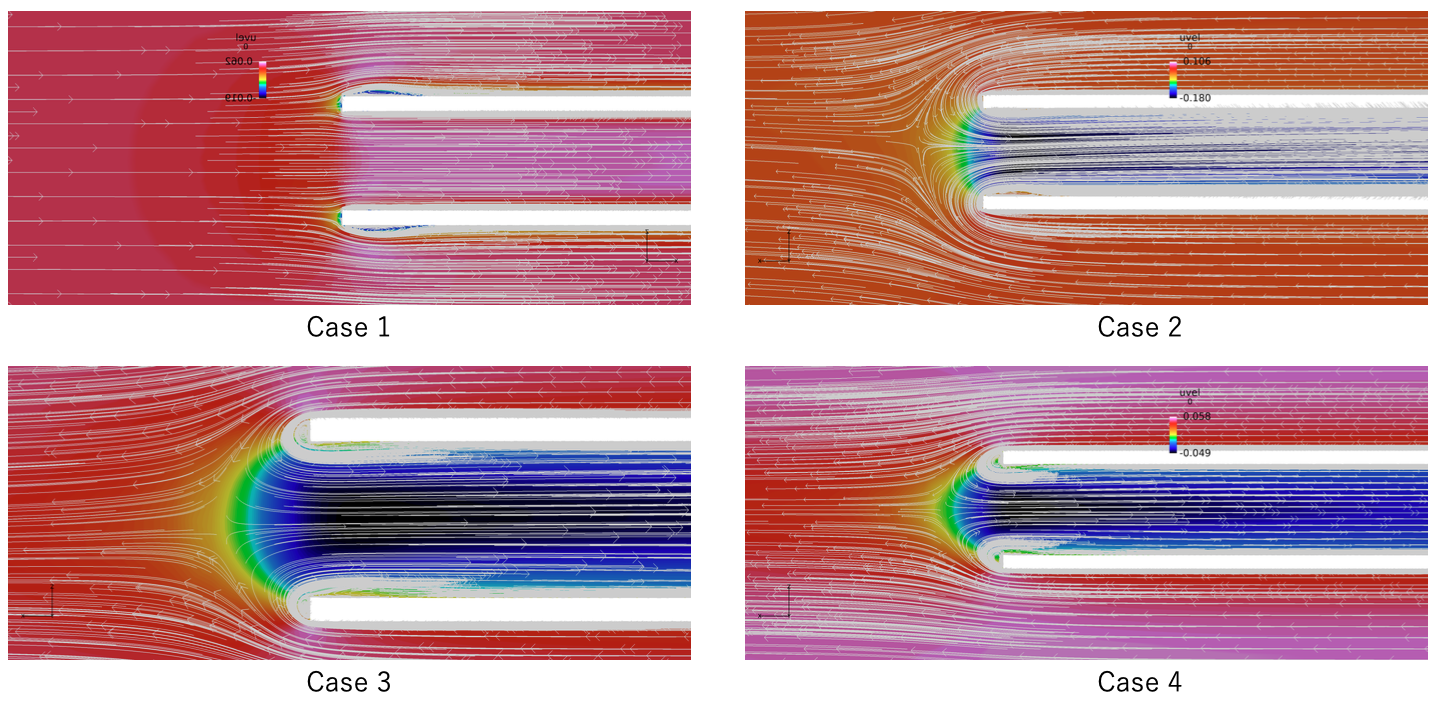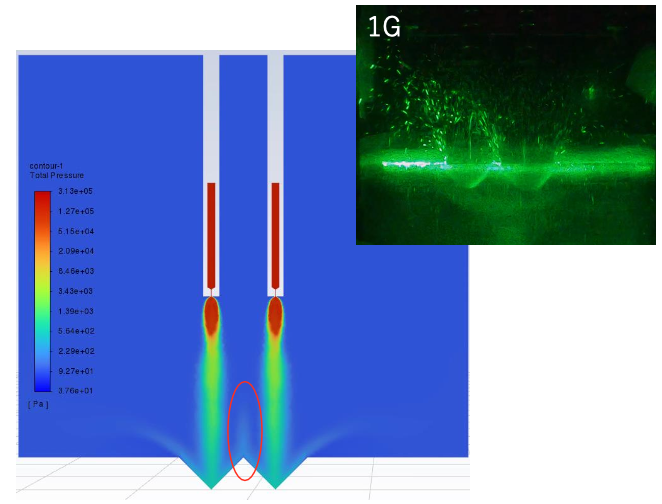Study on spacecraft dynamics
JAXA Supercomputer System Annual Report February 2024-January 2025
Report Number: R24ECWU24
Subject Category: Cooperative Graduate School System
- Responsible Representative: Yusuke Maru, Associate Professor, Institute of Space and Astronautical Science
- Contact Information: Yusuke Maru(maru.yusuke@jaxa.jp)
- Members: Hiroto Aoyagi, Shoya Koshino, Ryota Miyajima, Kazuma Matsumoto, Yuma Miki, Takumi Ohno, Keisuke Takahashi, Daiki Watanabe, Tsubasa Watabe, Maiko Yamakawa
Abstract
Specifically, we performed (1) a performance analysis of the air intake of an air-breathing engine installed on a space transport aircraft, (2) an evaluation of the interference between the thruster jet and the surface of a celestial body when a lander lands on the celestial body, and (3) an analysis of the flow characteristics of an electric pump for supplying propellant to a spacecraft.
Reference URL
N/A
Reasons and benefits of using JAXA Supercomputer System
Each of these themes is being carried out in a complementary manner with experiments, and by using JSS3, analyses can be performed extremely quickly, making it possible to carry out numerical analysis that is effective in setting experimental conditions and understanding experimental results.
Achievements of the Year
(1) We evaluated the flow characteristics of the air intake of an air-breathing engine mounted on a vertical take-off and landing rocket just before landing. Figure 1 shows the Mach number contours of the flow field in a typical configuration.
(2) We evaluated the interference between the thruster jet and the surface of a celestial body when a lander lands on the celestial body. Figure 2 shows the analysis results (Mach number contour) of the thruster jet flow assuming the shape of the celestial body.
(3) We performed a flow field analysis of a cascade pump, which is focused on as an electric pump for supplying propellant to spacecraft. Figure 3 shows an example of the flow field analysis results.
Publications
- Oral Presentations
1) Maiko Yamakawa, Taiga Tokuoka, Yusuke Maru, Shujiro Sawai, Yu Daimon, Takahiro Ito, Yuichi Tsuda, Osamu Mori, DISPERSAL BEHAVIOR OF CELESTIAL SURFACE OBJECTS BY THRUSTER JET, IAC2024, Milan
Usage of JSS
Computational Information
- Process Parallelization Methods: MPI
- Thread Parallelization Methods: OpenMP
- Number of Processes: 256
- Elapsed Time per Case: 8.3 Hour(s)
JSS3 Resources Used
Fraction of Usage in Total Resources*1(%): 0.22
Details
Please refer to System Configuration of JSS3 for the system configuration and major specifications of JSS3.
| System Name | CPU Resources Used(Core x Hours) | Fraction of Usage*2(%) |
|---|---|---|
| TOKI-SORA | 3541487.16 | 0.16 |
| TOKI-ST | 302292.54 | 0.31 |
| TOKI-GP | 0.00 | 0.00 |
| TOKI-XM | 0.00 | 0.00 |
| TOKI-LM | 15330.09 | 1.11 |
| TOKI-TST | 10141.66 | 0.18 |
| TOKI-TGP | 0.00 | 0.00 |
| TOKI-TLM | 0.00 | 0.00 |
| File System Name | Storage Assigned(GiB) | Fraction of Usage*2(%) |
|---|---|---|
| /home | 2094.00 | 1.41 |
| /data and /data2 | 195060.00 | 0.93 |
| /ssd | 31120.00 | 1.67 |
| Archiver Name | Storage Used(TiB) | Fraction of Usage*2(%) |
|---|---|---|
| J-SPACE | 0.00 | 0.00 |
*1: Fraction of Usage in Total Resources: Weighted average of three resource types (Computing, File System, and Archiver).
*2: Fraction of Usage:Percentage of usage relative to each resource used in one year.
ISV Software Licenses Used
| ISV Software Licenses Used(Hours) | Fraction of Usage*2(%) | |
|---|---|---|
| ISV Software Licenses(Total) | 5380.90 | 3.68 |
*2: Fraction of Usage:Percentage of usage relative to each resource used in one year.
JAXA Supercomputer System Annual Report February 2024-January 2025





